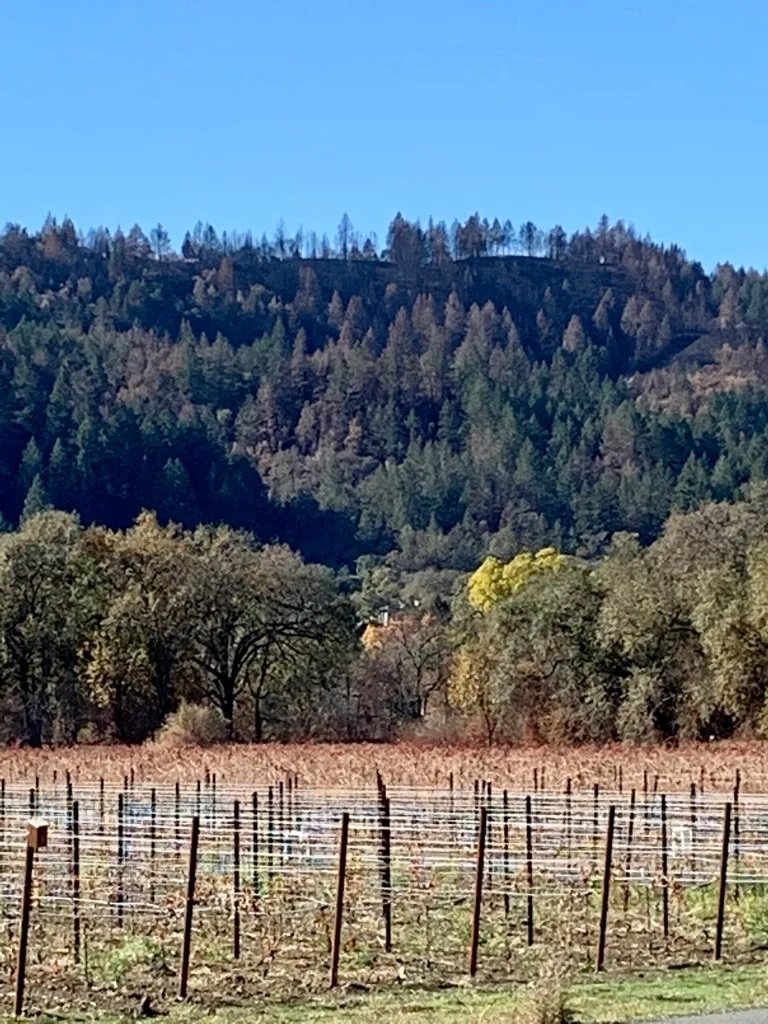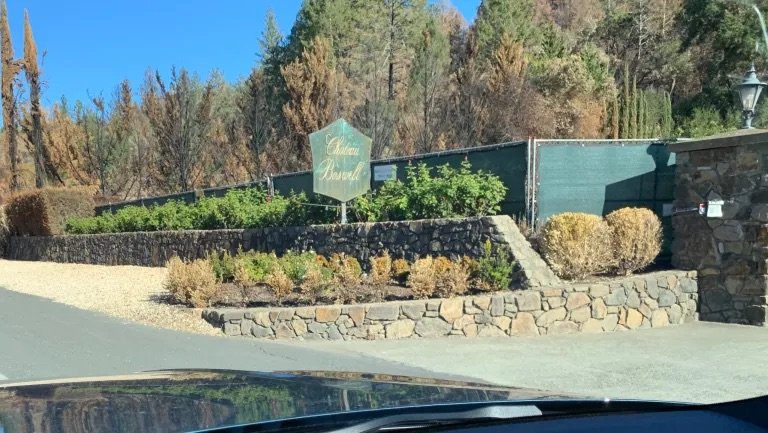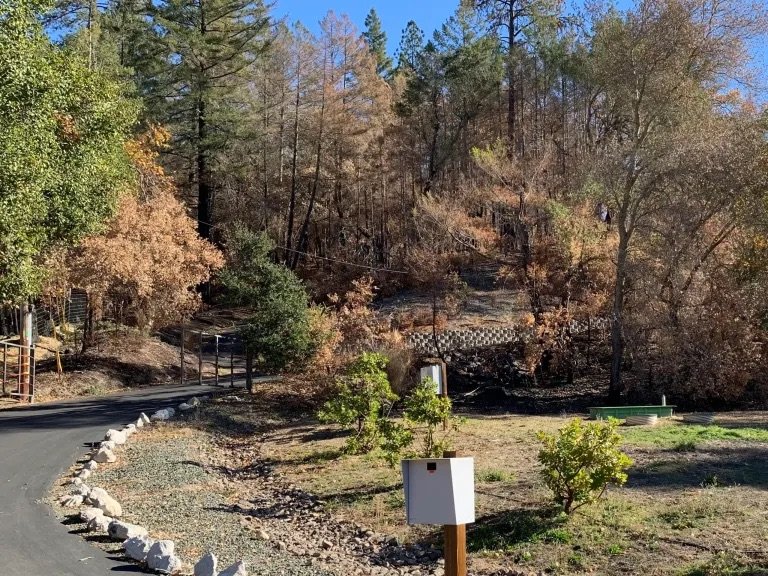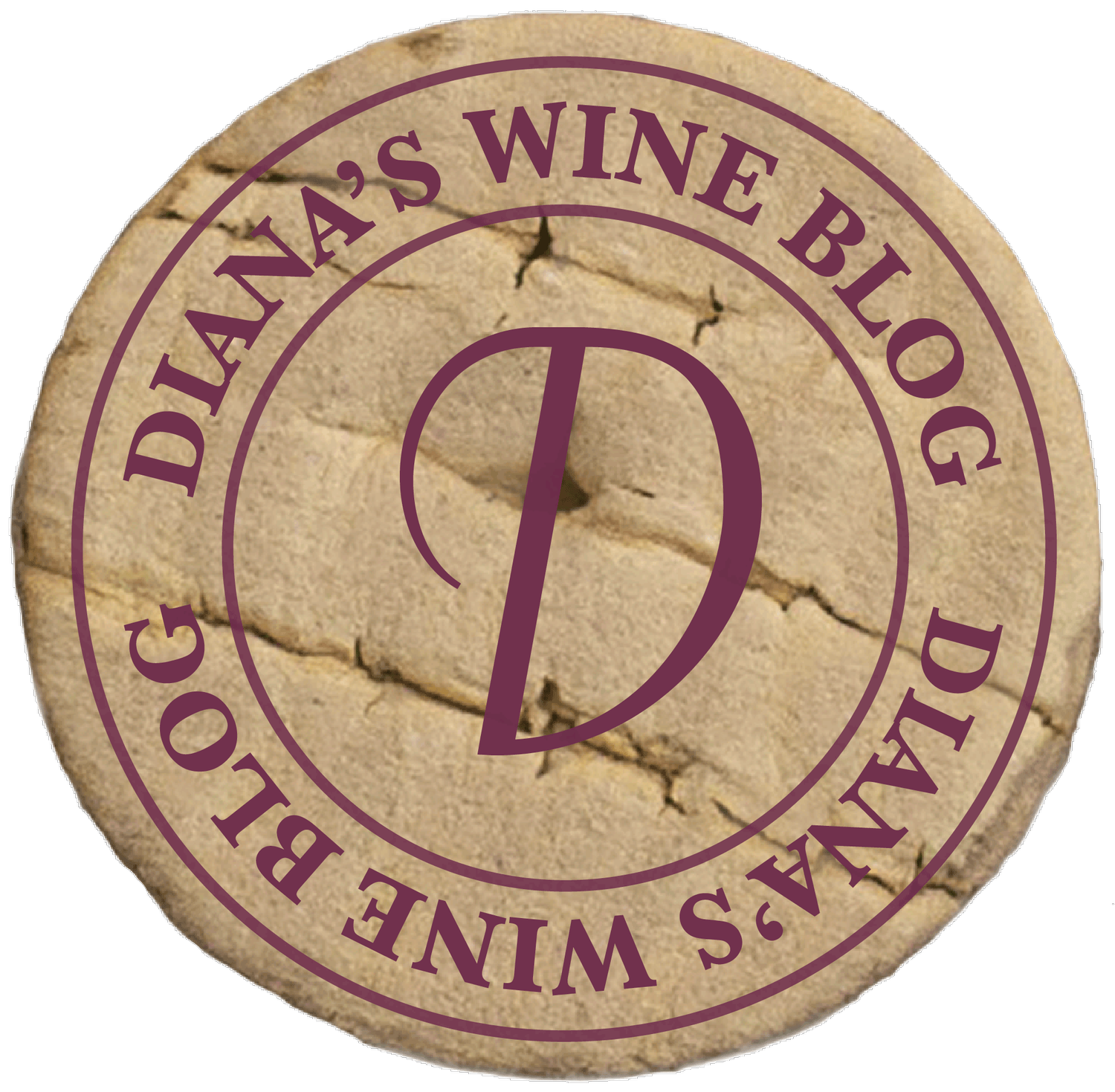Smoke Taint in 2020: What Does It Mean?
The fires are out, hopefully, for the season. Rain has returned to Northern California, and yet there are scars of the fires visible – most notable in the north end of the Napa Valley. The blazes have left their mark; and, all told, 30 wineries have been impacted. Some burned completely like Chateau Boswell. Others lost buildings or vineyards. The sentiment in the valley is “Napa Strong – come back better than ever.” The question for the consumer, though, has got to be: What can be expected of the wines?
The first questions to answer are: 1) What is smoke taint, and 2) How does it impact the vines? Smoke from a fire enters through the leaves and vine stems. It also is absorbed through the grape skin itself. The grapes are most susceptible during the period post-veraison. (Veraison is the stage of the ripening process when the firm, green berries begin to soften and change color.) The closer it gets to harvest, the greater the risk to the grapes. At this time, the volatile phenolic compounds found in smoke permeate the waxy skin of the grape and become bound to sugars forming glycosides. Very little smoke gets concentrated into the pulp of the grape. Smoke does not enter through the soil or roots.
The tricky part is that these smoke phenolic compounds are not detectable via aroma or taste, yet may be released during fermentation leading to smoke taint in the wine. It may not be discernable immediately and can become even more apparent over time in the bottle. One of the avenues many winemakers take to assess the impact is through small lot fermentations. They will pick grapes from the vineyards that are suspected to be affected by the smoke and do a small fermentation to assess the impact.
Just because a vineyard was in the proximity of a fire, that does not necessarily dictate that the grapes will be affected. The wind direction is important as well as the level of the smoke. Meaning that if the wind currents carry the smoke up high in the air quickly, the vineyard may avoid the impact. Also, the age of the smoke is a consideration. Fresh smoke is much more of a concern than smoke that is weeks old. Remember too that white varieties are harvested before many of the heat-loving reds, so they may have been picked before the fires occurred. Smoke does not impact grapes that are fermenting or wine that’s already in barrel.
What are the flavors and aromas of smoke taint? It has been described as smoked meat, char, ashy, charcoal, ash tray, campfire and medicinal. I do know that for some folks, a mild nuance aroma or flavor of these may not be off-putting. Also, researchers tell us that up to 20% of tasters cannot discern the smokey aromas.
What you can count on is that, if the grapes are affected by smoke, winemakers from the valley will not be putting those bottles on the shelf. Each of the wineries has invested too much time and energy to develop their brands and reputations to sell wine that is not ready for you to enjoy. The Napa Valley Vintners Association has stated that 80% of the wineries will be making a 2020 vintage. The production levels will be small in many instances, yet there will be wines made this year. Some of those wines will be fabulous, and it is worth you trying them. You, as a consumer, can count on quality wine in the bottle from the Napa Valley.
Enjoy!








